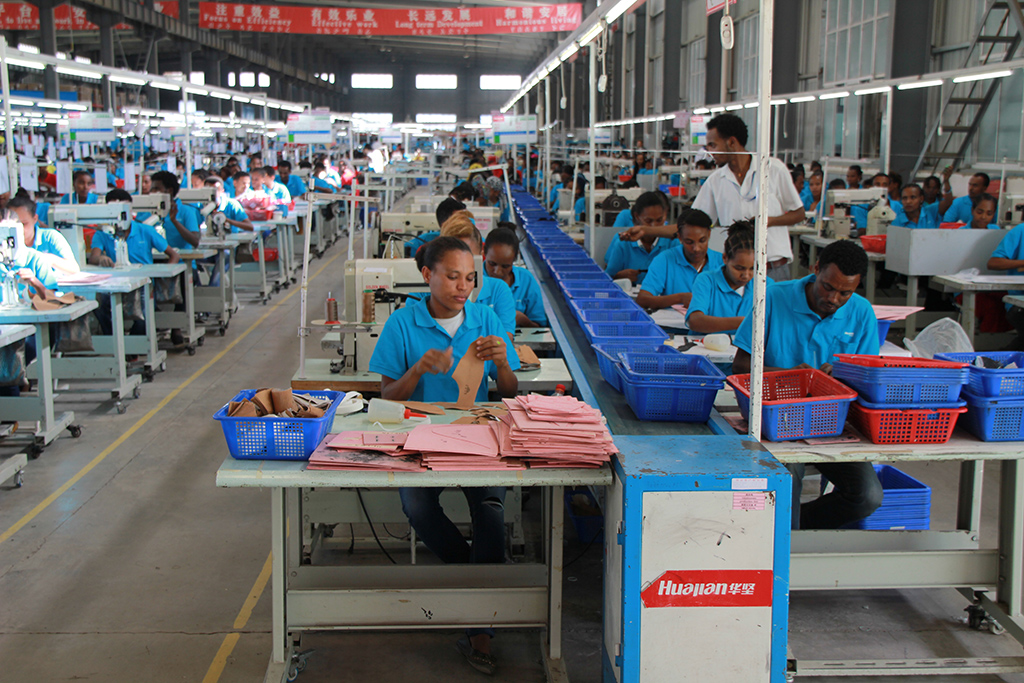In July, CGD launched a study group on Technology, Comparative Advantage, and Development Prospects. This project builds on a large body of existing research from its members and other scholars at the Center. To give you a quick primer on the group’s work, let’s look back at some of their key findings and recommendations below.
In the developed world…
As we look toward global impacts of technological change, the body of research on OECD countries has provided an excellent base. Jason Furman examined the effects of past waves of automation in the United States and suggests they contribute to greater income inequality between high- and low-skill workers, erode labor force participation rates, and likely increase unemployment at least in the short term but that a range of policy options can help mitigate these effects. Diane Coyle noted for The Economist Intelligence Unit, technological change may make inequality self-perpetuating, and that while we may not know exactly what jobs will be available in 10-20 years we do know which people are least prepared to deal with the coming changes. Molly Kinder has highlighted the need for rethinking educational systems to begin training workers with more cognitively complex skills and developing curricula that match the needs of business.
To examine how susceptible jobs may be to automation, Carl Benedikt Frey and Michael Osborne looked at hundreds of detailed occupations in the United States and found that nearly half may be at risk for automation. Additionally, they found that both wages and level of education had a negative relationship with the likelihood of automation. Susan Lund has argued that these predictions overlook much of the promise of these new technologies that will result in high productivity, greater worker safety, and enhanced efficiency. These technologies may also drive down prices, increasing demand, and create new jobs currently unimagined.
In the developing world…
Looking more specifically at developing countries, Dani Rodrik’s work on premature deindustrialization has shown that the process of deindustrialization has spread from advanced economies to low- and middle-income countries, where it is occurring at a much lower level of income and development. Focusing on Latin America, Isabel Guerrero predicts that labor markets will become increasingly polarized as demand focuses on the highly specialized knowledge economy and the low wage manual labor market and where routine cognitive work is automated.
CGD senior fellows Alan Gelb and Vijaya Ramachandran have written a series of papers on Africa’s potential as a manufacturing destination, suggesting that the region suffers from comparatively high labor costs and a poor business climate—and thus implying significant barriers to the “traditional” model of goods-export-led growth for the region exist even prior to any impact of automation. CGD senior fellow Lant Pritchett has argued that the challenge for developing countries is not to adopt new technologies but to diffuse older ones. In a new working paper, “The Rise of the Robot Reserve Army,” CGD visiting fellow Andy Sumner and Lukas Schlogl conclude that technological changes are more likely to result in stagnant wages, increased inequality, and deindustrialization than in mass unemployment. CGD non-resident fellow Shahid Yusuf’s “Automation, AI, and the Emerging Economies” highlights the need for new development models as traditional models of development no longer appear viable. Yusuf argues that labor markets may not be able to adjust to rapid changes and notes that many governments, unable to discern a more effective path forward, remain focused on manufacturing led development.
More positively, CGD senior fellow Mayra Buvinic has led work on the role of mobile finance in improving outcomes in particular for women entrepreneurs.
The group’s co-chair and CGD president, Masood Ahmed, built on these ideas in a recent blog post that called for greater attention to continual skills training and life-long learning programs that may blunt the impact of technological change. He also recognized that the relationship between employees and their employers is changing as the gig economy grows, leaving workers with less job and income security.
CGD blog posts reflect the views of the authors, drawing on prior research and experience in their areas of expertise.
CGD is a nonpartisan, independent organization and does not take institutional positions.





